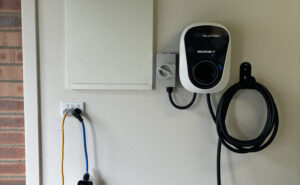
Why Your Old Canberra Home Might Need a Switchboard Upgrade for EV Charging
8 September 2025
No Comments
Read More »

The Real Cost of Charging Your EV in Canberra: Home vs Public Chargers
8 September 2025
No Comments
Read More »



Common Electrical Problems in Canberra—and How to Handle Them
30 January 2025
No Comments
Read More »

Warning Signs Your Home Could Be at Risk of an Electrical Fire—and What to Do About It
29 October 2024
No Comments
Read More »

